Help your Child Handle Bullying
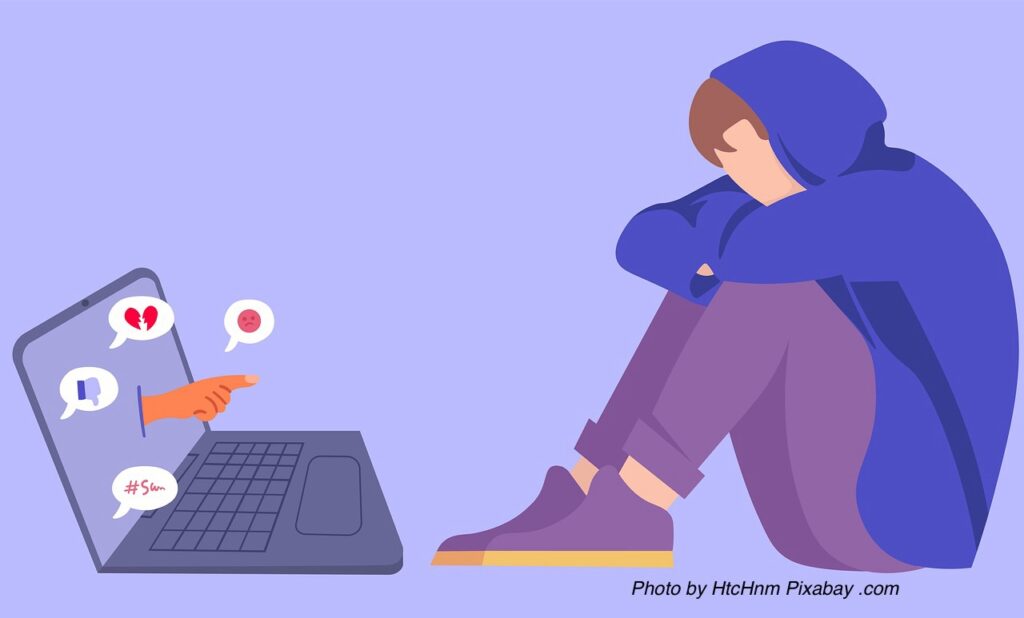
As a parent, there are few things more heartbreaking than seeing your child upset because they’ve been bullied. Whether your second grader is crying after being teased on the school bus or your teen is avoiding the school bathroom to escape cruel remarks, the feeling of powerlessness can be overwhelming. You may be tempted to go after the bully yourself. But there are more effective, long-term ways to help your child handle bullying.
Bullies are always in a position of power over their victims; either they are physically larger, older, or more “popular.” While you or your child may want to “get back” at the bully, retaliation only fuels anger and can land your child in trouble. Remind your child that most bullies act out because they feel insecure themselves. Teach your child empathy for the bully.
What can you do?
Teach your child how to stop a bully, walk away from dangerous situations, and talk to someone when they need help.
Stop the bully. Have your child give strong verbal responses. Teach your child to stand up for themselves with a clear, confident message. A firm “STOP talking to me like that!” or “Don’t do that!” will not only assert their boundaries but also could attract the attention of nearby peers or adults who can step in. Another helpful tactic, especially if no one else is around to help, is de-escalation. Encourage your child to take deep breaths, and to ignore provocations by pretending they do not care what the bully says to them.
Walk away from conflict. If a bully is getting physical or continuing to harass your child, teach them to walk away and seek safety. They can move toward a teacher, a classroom, or any safe space where an adult can intervene.
Advise your child to tell as many trusted adults as possible if they’re feeling unsafe. If one adult isn’t sure how to help, another will. Tell them to keep asking.
Cyberbullying
Stop the cyberbully by responding with silence. Explain to your child that bullies thrive on any and all responses to their bullying. Not only that, but your child’s on-line response can be permanent. Teach them to withhold a response and let adults take charge.
In general, establish rules about your child’s online behavior and limit access to devices and sites. For example, encourage your child never to post anything hurtful or negative. Even something as small as a “dislike” can escalate a situation or can be misinterpreted.
If the bully threatens your child online, avoid responding to the bully AND take your child’s device with the evidence to the school and possibly to the police. Here is contact information for social media apps, gaming networks, and related platforms where you can report cyberbullying.
Information gathering
Make it clear to your child that it’s always okay to talk to you if something’s bothering them. Ask open-ended questions like:
“How’s school going?”
“How are things with your friends?”
“Have you seen anyone getting bullied?”
“Are you feeling okay at school?”
If your child says they’re having trouble with a friend or classmate, avoid brushing it off. Ask questions like, “What happened?” or “Did something happen between you?”
Keep an eye out for signs that your child might be struggling emotionally. They may show increased reluctance to go to school or act sad, angry, or anxious.
Be aware that sometimes kids who are bullied turn around and become bullies.
Partner with your child’s school for support
Once you’re aware that your child is being bullied at school, it’s important to for you to talk to adults at the school. Let the teacher, counselor, or principal know exactly what’s going on. Be clear that you want additional supervision, particularly at recess and lunchtime. Schools often have a zero-tolerance policy for bullying, but they can’t address an issue that they don’t know about.
Building your child’s self-confidence
Bullies often target kids who seem smaller, weaker, or less confident. It’s important to help your child feel good about themselves so they’re less likely to become a target. Make it known by your words and actions that you love your children unconditionally. This builds self esteem. As Dr. Lai says,”Helping a kid’s confidence grow is harder than helping their body grow.” If a child is physically smaller than the bully, remind them that “You don’t have to be a big person to do big things.”
Consider enrolling your child in activities that boost self-esteem, like karate, team sports, or music lessons. Encourage friendships with supportive peers. Be the fun parent and invite kids over for a playdate, or host a family activity like a kickball game or movie night.
We leave you with a classic anti-bullying retort: “I’m rubber, you’re glue; whatever you say bounces off of me and sticks to you.”
Additional Resources:
- The American Academy of Pediatrics – for more information on bullies, victims, consequences of bullying, and how to respond to bullying
- StopBullying.gov – U.S. Department of Health and Human Services
- Cyberbullying Research Center
- Teaching Tolerance – Fostering tolerance for parents and educators
Naline Lai, MD and Julie Kardos, MD
©2024 Two Peds in a Pod®
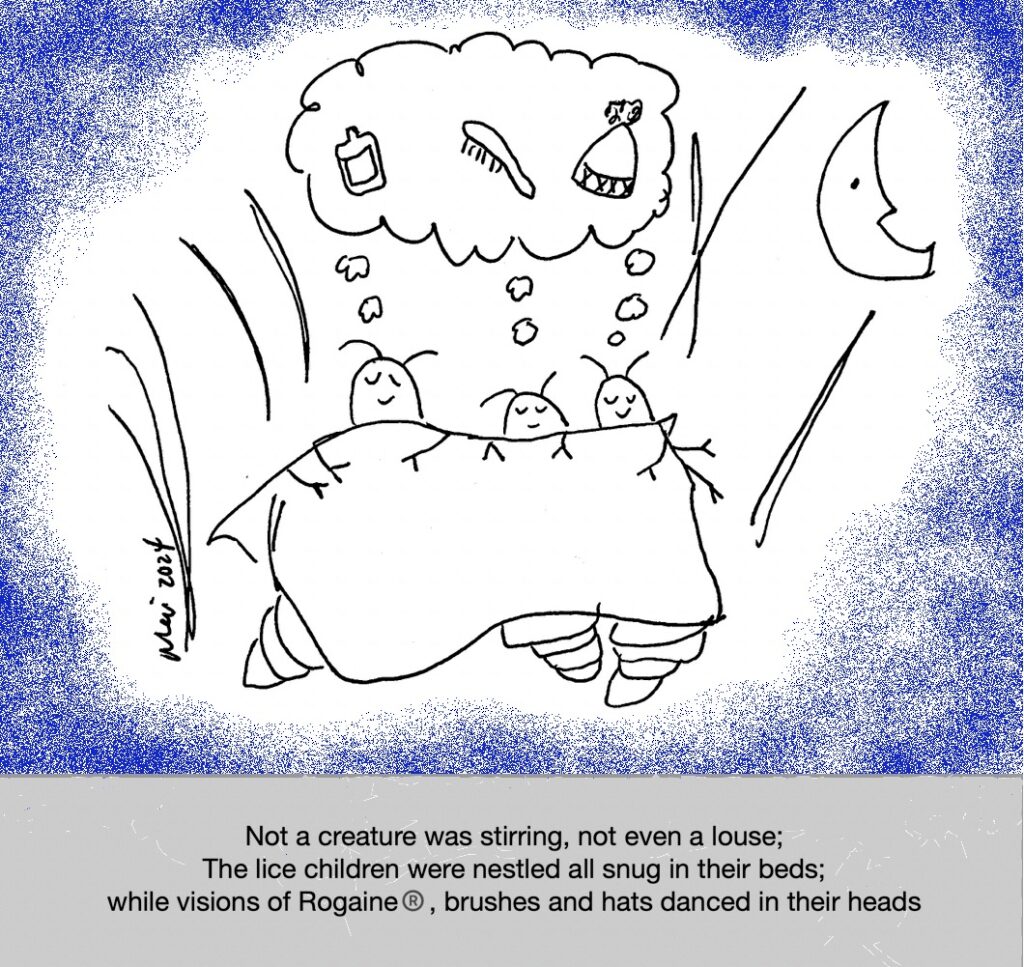
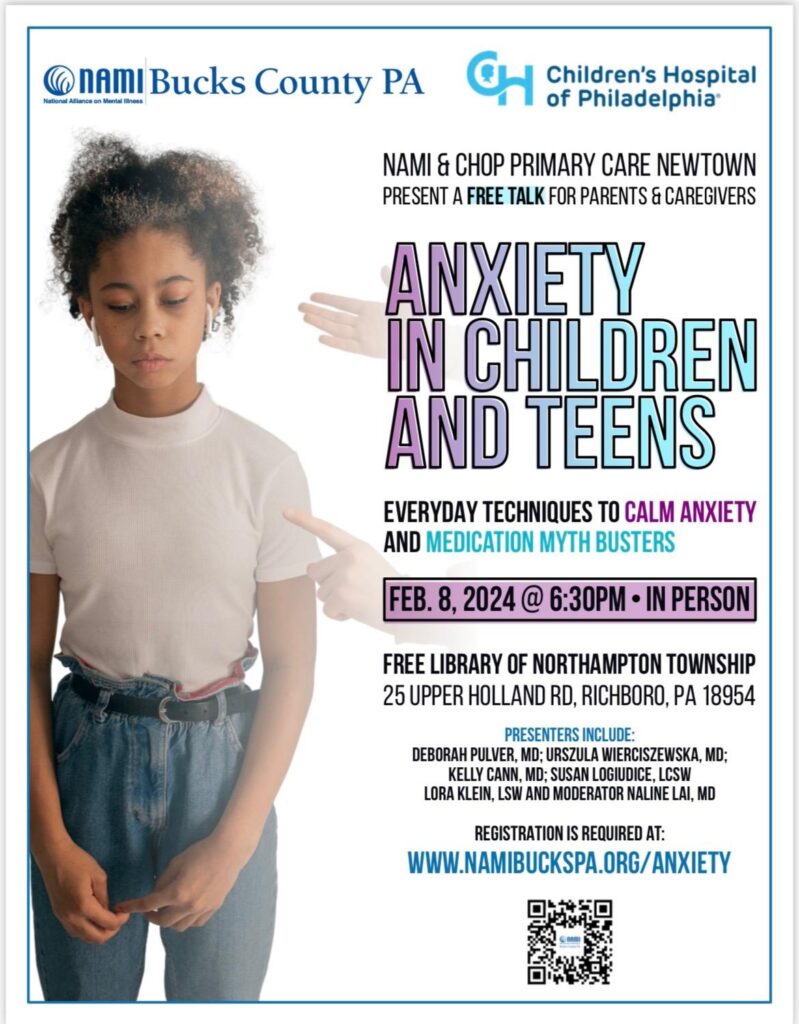
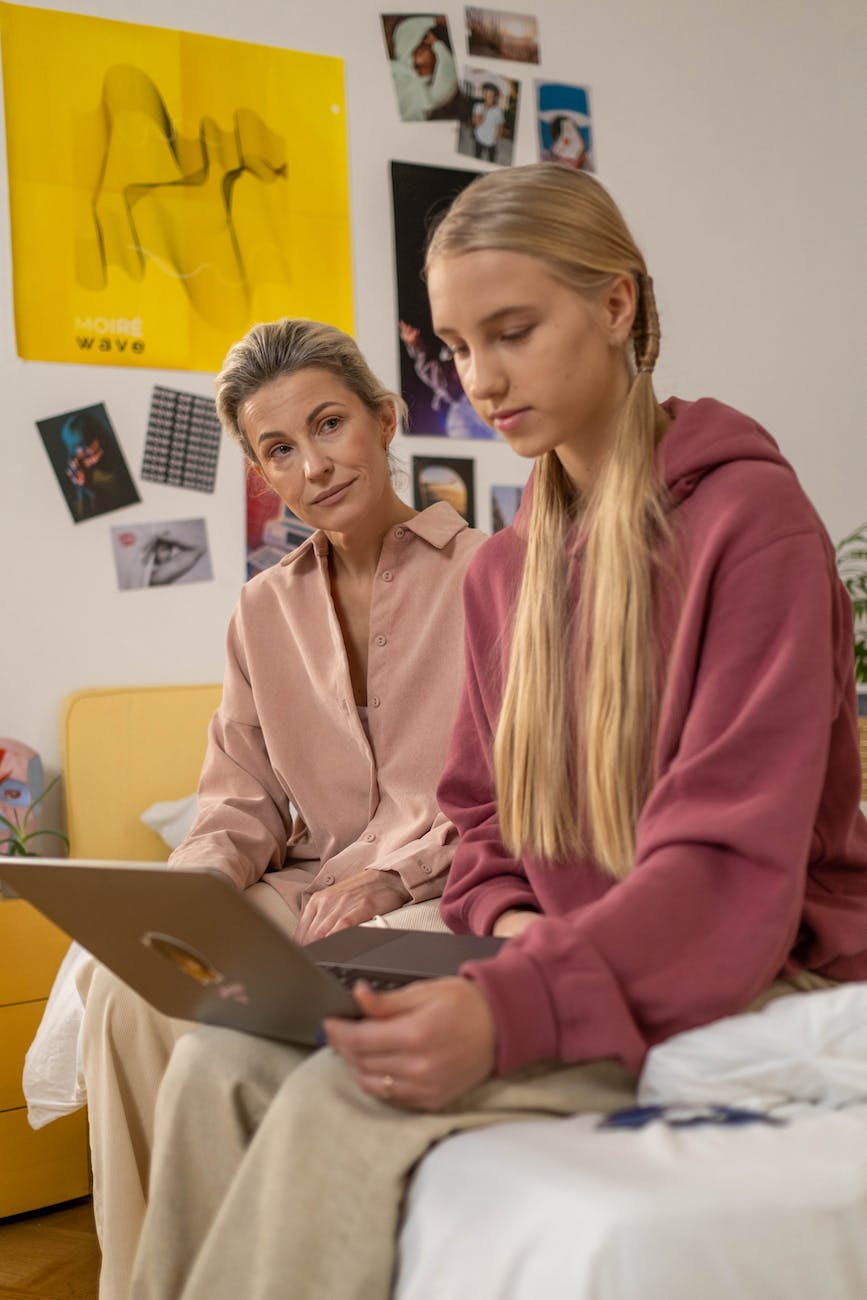
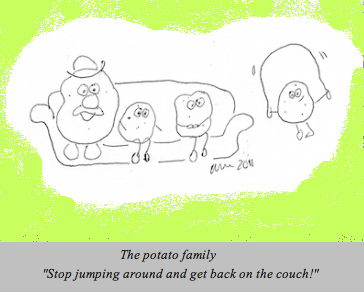
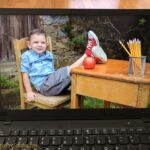
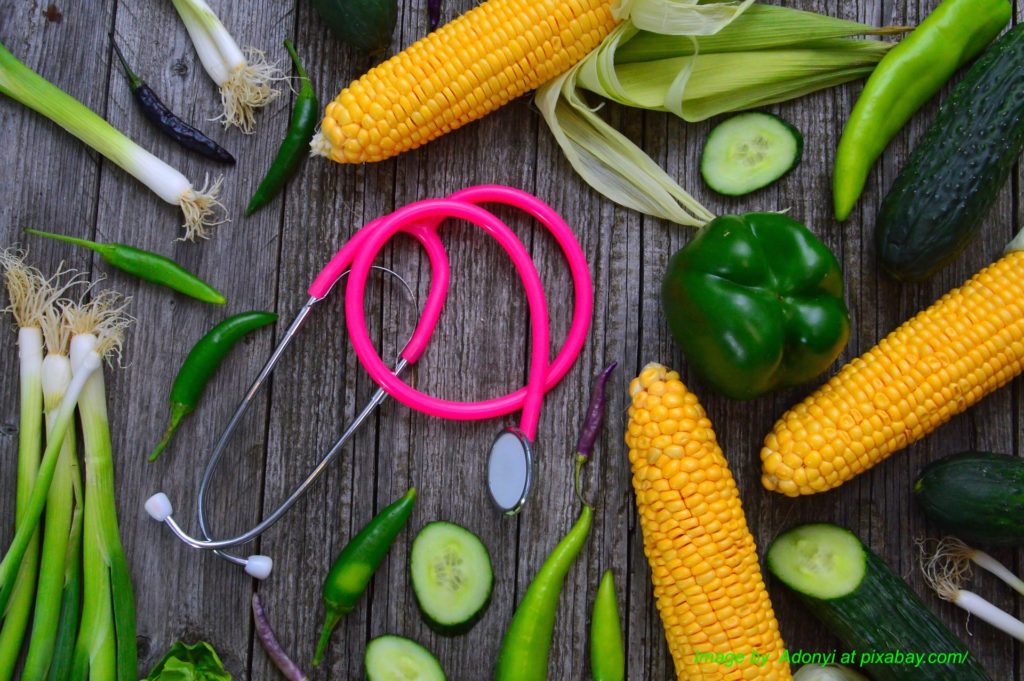
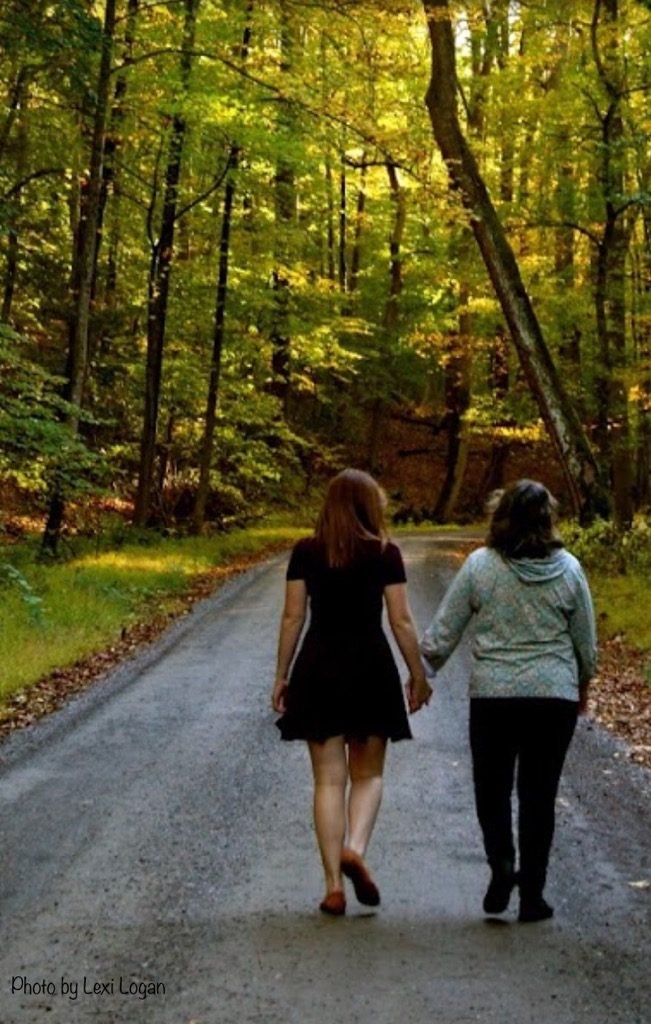 Do you wonder if any communication actually occurs when you talk to your teen? We invite you to
Do you wonder if any communication actually occurs when you talk to your teen? We invite you to 
